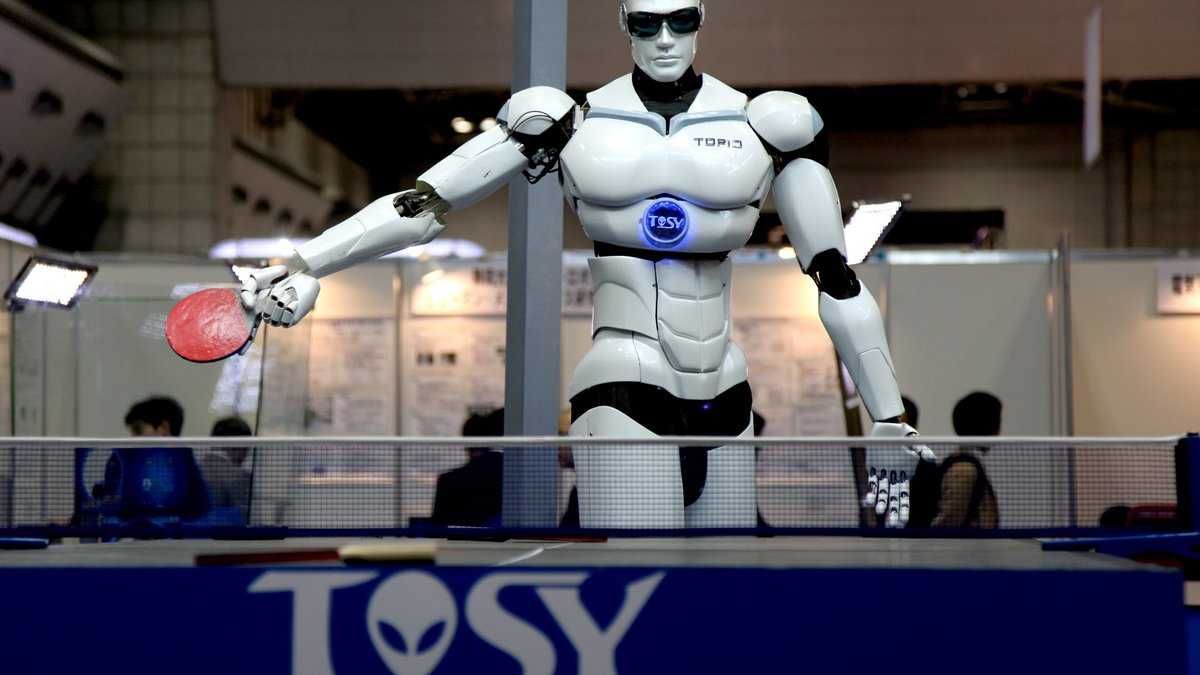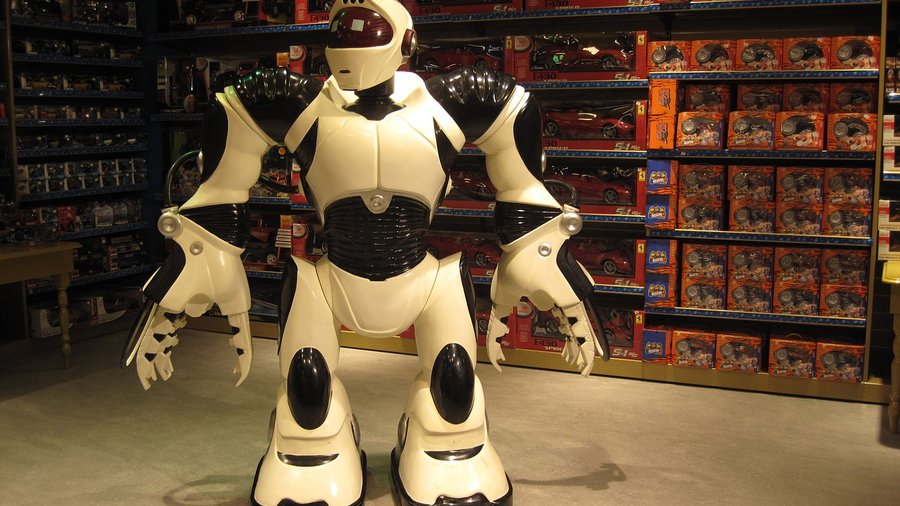Truth & Goodness
Fact or Fiction? 5 Techniques to Spot Manipulation Instantly
13 December 2025

A robot like a human? Step by step, we're getting closer to realizing science fiction visions. This time, Chinese scientists have unveiled RoboBrain 2.0 – an artificial intelligence designed to become the digital brain for humanoid robots. The model teaches machines to plan tasks like humans. This is part of a broader strategy aimed at securing China's leading position in intelligent robotics.
The widespread adoption of humanoid robots is a dream for many tech enthusiasts. The vision of machines that can assist us in daily activities is slowly materializing. However, their development depends on several factors. We’ve previously written in Holistic News about the importance of mechanical components, such as planetary rollers, which allow robots precise movement and operation. Yet, these devices need one more equally crucial thing: a “brain.” And just recently, Chinese scientists unveiled RoboBrain 2.0. Thanks to it, Chinese humanoid robots will be able to perceive their environment, analyze situations, and plan actions.
It was designed by the Beijing Academy of Artificial Intelligence, a non-profit organization that has been working on advanced AI systems for years. According to its head, Wang Zhongyuan, RoboBrain 2.0 is currently “the world’s most powerful open-source software model for robots.”
“We sincerely hope that various entities in the embodied intelligence industry will collaborate with the Zhiyuan Institute,” Zhongyuan emphasizes, as quoted by the South China Morning Post.
Read more: Mind Uploading to Computer: Billionaires Dream of Immortality

What distinguishes RoboBrain 2.0 from its predecessors? First and foremost, its effectiveness. The new model can operate 17% faster and 74% more precisely than its version from three months ago. It has also been equipped with improved spatial intelligence. This means the robot “sees” its surroundings better, capable of more accurately assessing distances, shapes, and obstacles. This is a huge step towards machines that can move freely in our world – without the risk of accidents.
The second innovation is task planning. RoboBrain can break down a complex activity into simple steps and execute them sequentially. This is a skill that, until now, was reserved for humans. Now, machines can emulate it.
RoboBrain 2.0 is part of a larger plan called “Wujie,” which also includes RoboOS 2.0. This is a cloud platform enabling rapid deployment of AI models to various types of robots. It’s also an advanced system that understands and creates texts, images, and videos. Thanks to it, a robot can communicate in a more “human-like” way. All these elements combined provide a cohesive environment for companies building Chinese humanoid robots and needing ready-made tools to “bring them to life.”
See also: The Great Game for a Small Screw: Without It, Humanoids Won’t Move
Chinese ambitions don’t end with this one laboratory. More and more local institutions and companies are working on their own robots. One such entity is the Beijing Humanoid Robot Innovation Centre. The center showcased a robot that completed a half-marathon in Beijing.
The center is also developing an operating system for robots called “Hui Si Kai Wu.” The goal is to design software that will serve as a foundation for various humanoid models. If successful, Chinese humanoid robots will share a common language and operating system.
China certainly isn’t slowing down. The Beijing Academy of Artificial Intelligence announced a partnership with the Hong Kong Investment Corporation – an organization that supports the development of innovative technologies. Thanks to this, the RoboBrain project is set to gain not only greater financial support but also access to new specialists.
RoboBrain 2.0 isn’t just a software update. It’s a significant step towards machines that can think, plan, and act independently. Along with subsequent technologies supporting this development, Chinese humanoid robots will become an increasingly real part of our world.
Will the future have the face of a human-like robot? If so, it’s very possible that it will be a face built and programmed in China.
Polish version: Chińczycy pokazali cyfrowy mózg. Roboty stają się bardziej ludzkie